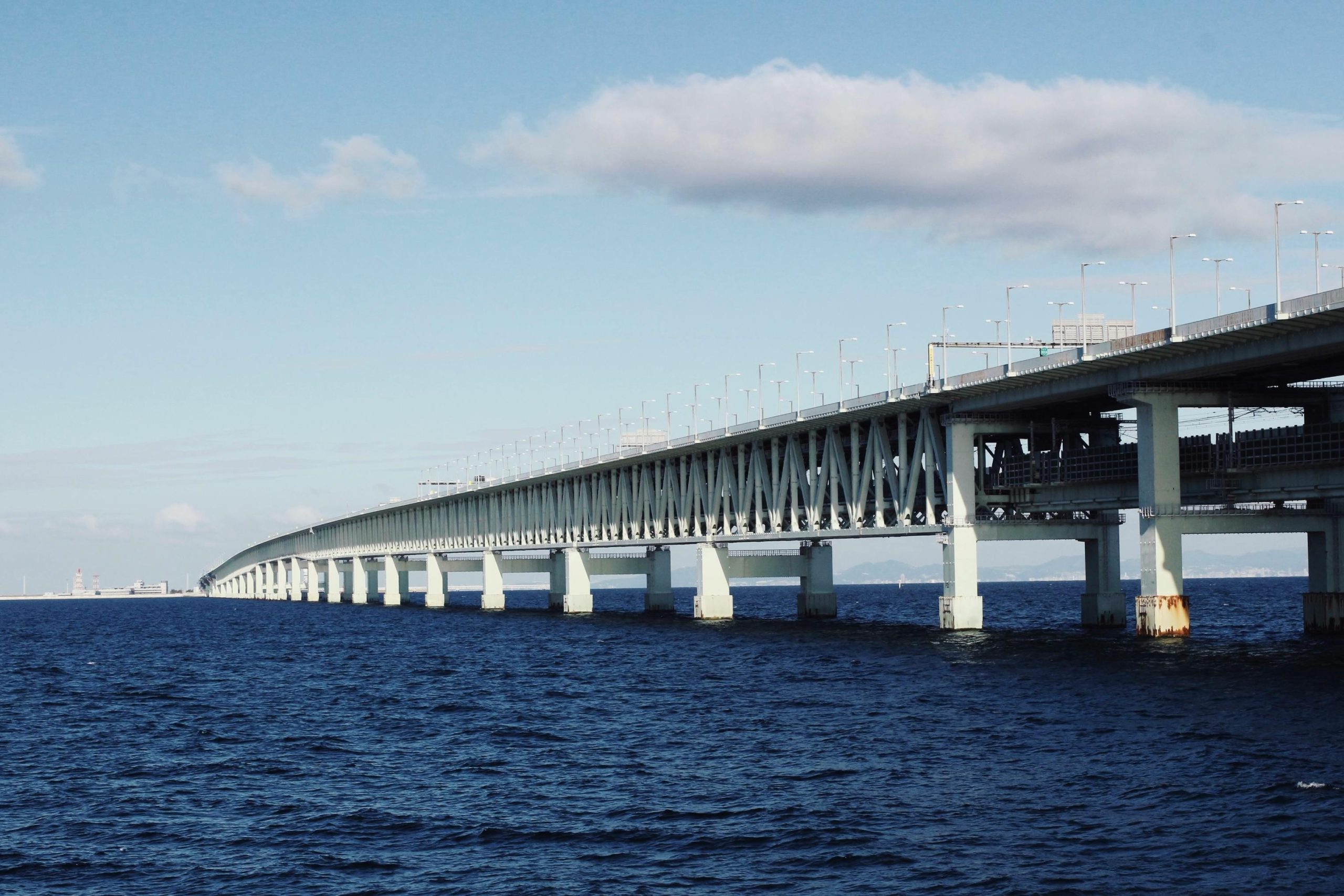Understanding One-Page Websites: Navigating the Boundaries
As a newcomer to the world of UI/UX design, I am venturing into creating a one-page portfolio and considering using platforms like Webflow or Framer to bring my vision to life. While diving into my research, I stumbled upon “One Page Love” and noticed an intriguing example of a one-page design. The website I found allows users to click on projects that lead to a new page.
This led me to ponder: Does such navigation still classify as a one-page site? After all, it seems to transition away from the original page. Furthermore, can I replicate this approach using the free plans offered by Webflow or Framer?
I am eager to learn how this type of navigation is typically executed and what the criteria are for defining a true one-page website. What truly makes a website a “1-pager”?
If you’re wrestling with similar questions, you’re not alone. Let’s explore this topic together and clarify the nuances of one-page designs and their functionalities.


2 responses to “Does this count as 1 Page?”
Great question! Understanding the intricacies of one-page websites versus multi-page structures is essential, especially for a UI/UX beginner like yourself. Let’s unpack this a bit.
What Counts as a One-Page Website?
A one-page website is typically defined as a site that consists of a single HTML page. Users navigate through different sections of this single page, usually by clicking links that jump to specific anchors or sections within that same page. This design approach is popular for portfolios, landing pages, and promotional sites because it offers a seamless user experience and allows for quick navigation.
Navigation and Section Transitions
In the site you linked to, the core functionality falls into a category commonly known as “single-page applications” (SPAs) or “one-page scrolling.” When clicked, a link may navigate to a new content section or even load new content dynamically without reloading the whole page—this creates the illusion of a single-page design.
If the website redirects users to a completely new URL when a project is clicked (resulting in a full page refresh), it’s technically not a one-page website. While this method keeps the user engaged with content related to the main portfolio, it diverges from the traditional one-page concept. However, you can create a portfolio that feels seamless by using modals or pop-ups when users click on projects—this can enhance user engagement without leaving the page.
Implementing One-Page Navigation in Webflow and Framer
Both Webflow and Framer have powerful capabilities for creating one-page websites and managing navigation effectively:
Modals can also be built using Webflow’s interactions, allowing for a pop-up effect when clicking on portfolio pieces without leaving the main page.
Framer:
Free Plans Considerations
Both platforms have free plan options, but they may come with certain limitations. For example, Webflow’s free plan allows you to create sites with Webflow branding, while Framer offers a free tier with restrictions on certain advanced features. However, both should allow you to implement basic one-page functionality.
Final Thoughts
In summary, a true one-page website allows for seamless navigation within a single page. By using anchor links and possibly modals for project details, you can achieve a website design that meets your needs while delivering a smooth user experience. Focus on user flow and visual hierarchy in your designs to keep explorations intuitive. As you learn and experiment with Webflow or Framer, you’ll find that building such interactions will enhance both your skills and your portfolio! Good luck with your project!
Great post! Your exploration of one-page websites opens up an interesting discussion about user experience and design philosophy.
To address your main question, a true one-page website typically offers all its content within a single scrollable layout without leading users to separate pages. However, there is a bit of flexibility in the definition, especially if the goal is to maintain a streamlined user experience. When your projects lead to new pages, it can still be considered a one-page site if the primary interaction occurs on that single page without overwhelming the user with too many options.
As for replicating this in Webflow or Framer using their free plans, both platforms provide a lot of flexibility. However, keep in mind that certain functionalities, like custom identifiers or transitions, may vary based on the plan you choose. If you find the free plans limiting, consider starting with simple anchor links that allow users to navigate to different sections of your portfolio without leaving the page, which maintains the essence of a one-page site.
Also, consider integrating smooth scrolling and visual hierarchy to keep the user engaged. Ultimately, the key is to ensure that users can quickly find what they’re looking for without feeling lost or overwhelmed.
I’m excited to see how your one-page portfolio develops, and I am sure it will open doors for your UI/UX journey!